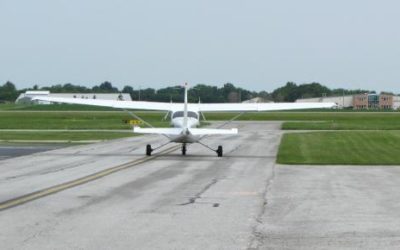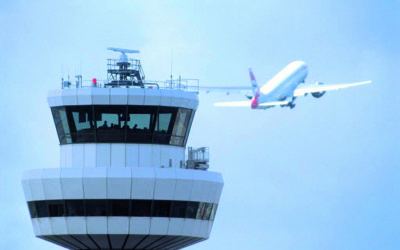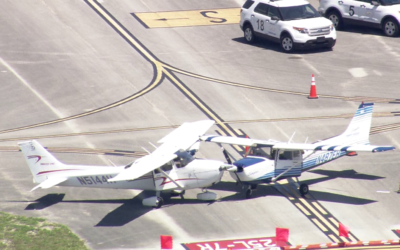Windshear Encounters – How to identify and handle them like a Pro
You are coming in for a landing, seem to be holding that perfect 3° glide slope and your speed is spot on. Then without warning, your indicated airspeed shows a significant decrease even though you are well-trimmed for straight and level – what on earth is going on, you might wonder?
When should you abort a take off?
Knowing when to abort the take off is key to making a safe decision, so here are a few guidelines…
Standby
Ever made contact with an ATC when wanting to enter a controlled airspace and they have told you to ‘standby’? Understanding what it means is simple enough, but what action are you supposed to take?
How much runway do you need?
Knowing how much runway you have, and more importantly how much you need, is critical to executing safe take-offs and landings. So if you are afraid (rightfully so), of finding yourself in an ‘Oh sh*t!’ moment with some tall trees magnifying before you, then read on…
Magneto Checks – What are you actually checking?
We often don’t really know, or recall the reason why we are checking a particular item.The magneto check is one of these – we know it is one of the most important checks, and that we are looking for a particular drop, but what is the significance of the drop?
How a change in temperature en-route will affect your flight.
Ever thought that the ground looks closer even though your altimeter is still reading the same altitude? We look at how a temperature change will affect your flight and how to correct for it.
Briefing your passengers – Doing it right!
Even if you are a private pilot who just likes to take friends and family for flips on the weekend, it is important for their safety, and yours, that you brief them properly. However, this can be awkward, and is especially dependent on the type of person that is your passenger.
The Art of Taxiing
Here are some ways to show off good skill and airmanship the next time you taxi your aerie…
How temperature and dew point can help you determine flying conditions
Relative humidity, and dew point are important factors to you as a pilot, as it can help you determine what possible weather you may encounter en-route, and where the dangers lurk.
Why does Centre of Pressure move aft at the stall?
Do you know why the centre of pressure on an aircraft wing initially moves forward as the angle of attack increases, yet as it reaches the stall it moves backwards?










